A Place of Belonging – The 'Phantasy Africa' within the Archive of the European Art Patrons Ulli and Georgina Beier
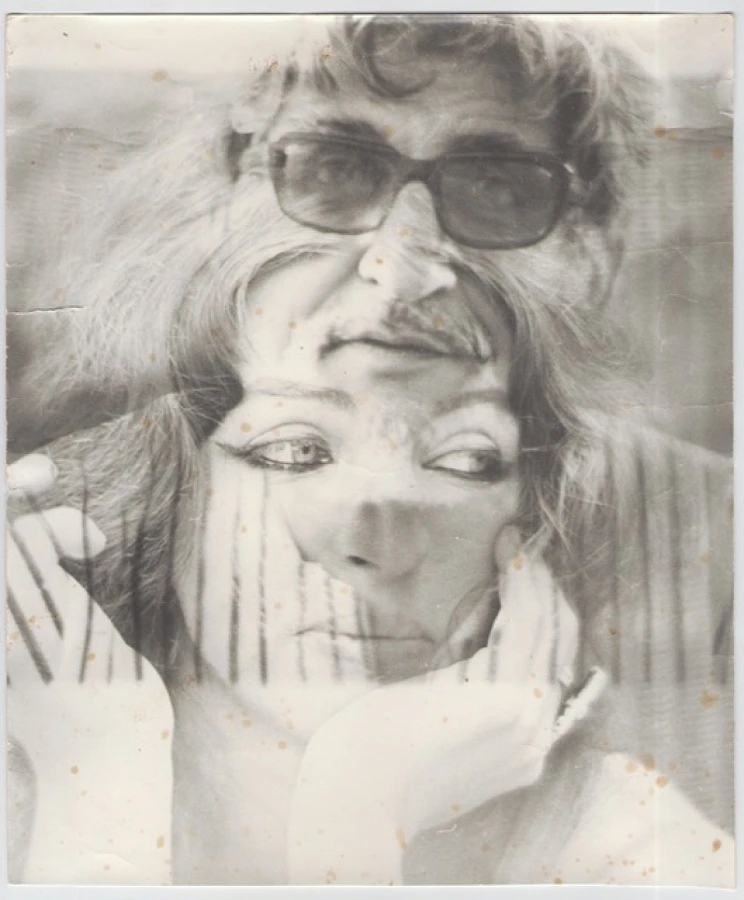
Ulli Beier. Photo: Georgina Beier.
Archives, in general, function as contested and challenged spaces of knowledge production; furthermore, they manifest a specific selection by the collector – be it in institutional or private archives. The rhizomatic structure of archives (Deleuze 1980) and the juxtaposition of images can allow to (re)read archives individually within our own networks (Latour 2005).
In my research project I give an insight into the fragmented archive of the art patron and mediator Ulli Beier and his wife, the artist Georgina Beier. Their excessive gathering and production of images is not only a testimony of their artistic and political agenda, but also of their personal search for a 'new home': a place of belonging and existence, where they could live their phantasies. The town Osogbo in Nigeria played a crucial role in this search; it was this town and their residence here that determined concepts and modes of living, which they re-enacted later in Papua New Guinea, Australia and even in Germany.
Their archive, or any archive, includes material and mental images, which generate each other and which are closely connected. The theoretical background for this research are the theories of the German "Bildwissenschaftler" Horst Bredekamp (2010), who proposed the idea, that everything which is altered by humans is an image, as well as Hans Beltings' writings (2011), who stresses the idea of the mental image, which informs its material manifestations, but is an image nonetheless. This wide definition of an image gives me the possibility to include not only material productions within the archive, but also ideas and concepts the Beiers developed as well as former aesthetic influences in Europe, which shaped their initial "Phantasy Africa".
The photos I selected from their archive for my final analysis, reveal not only their desire to document their environment and to understand it, but also the belief that it would help to preserve traditions, which, in their eyes, were on the verge to be forgotten or destroyed, due to the colonial encounter. Though the vast amount of photographs shows a very stringent narration of their own history, it reveals gaps, which show a less controlled and emotional search for their identity. The photos show also the need to create a home (in images), which they have found and lost several times along their way and which they manifested in the archive (as a later reference point). The archive also shows how much of their image of Africa, which they promoted, was connected to them as artists and patrons and that it was part of their constructed identity. It shows in its material form fragments produced in memories, in which past and present, the self and the other converge and is part of a bigger phenomena, which happened in several African countries between the 1930s to the 1980s, when European art patrons, often artist-collectors, came to "Africa" to find a "new home", like Pancho Guedes and Frank McEwen, two contemporaries, who worked in Mozambique and Zimbabwe.
African destinations were unknown and occasionally mythical places for the new arrivals and opened very attractive perspectives providing the opportunity to escape from post-war Europe and the perceived rigid academic art scene of this period. The possibility to engage with a foreign environment and to create something new and unknown appeared to be very tempting. Often experienced a loss of home, out of choice or by force, it led them to a foreign place to build the 'new home'. This is reflected in their inherited archives and shows how subjective their picture of Africa was, appearing as a mélange of reality and fantasy, self-presentation and even nostalgia (Boym 2001) that included not only a wistful desire to return to a 'home', but also to preserve the former times and traditions of the new country they lived in.
Katharina Greven is Senior Researcher within the project African Art History and the Formation of a Modern Aesthetic and Junior Fellow at the Bayreuth International Graduate School of African Studies (BIGSAS).
Further information: https://coamowebcom.wordpress.com/ (Viewed on 29 March 2025)
References
Belting, Hans. 2001. Bild-Anthropologie: Entwürfe für eine Bildwissenschaft, München: Fink.
Bredekamp, Horst. (2010) 2013. Theorie des Bildakts, Berlin: Suhrkamp.
Boym, Svetlana. 2001. The Future of Nostalgia, New York: Basic Books.
Deleuze, Gilles; Fèlix Guattari. (1992). Tausend Plateaus: Kapitalismus und Schizophrenie, Berlin: Merve.
Latour, Bruno. (2005) 2007. Reassembeling the Social: An Introduction to Actor-Network-Theory, Oxford: University Press.
Related contributions and publications
-
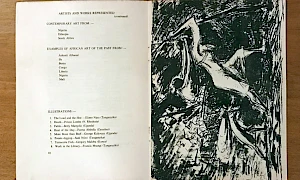
Manifestations of Modernisms – Some thoughts on the histories of exhibitions in the Ugandan context
African Art History and the Formation of a Modern Aesthetic -
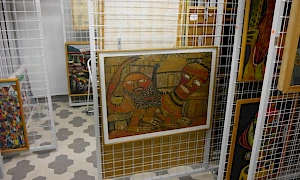
The Nigerian artist Twins Seven Seven in the Iwalewahaus collection
African Art History and the Formation of a Modern Aesthetic -
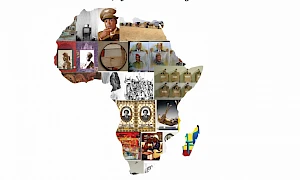
Africa's 1980s: The Intersection of Art, Politics, Economics, and the Social
African Art History and the Formation of a Modern Aesthetic -
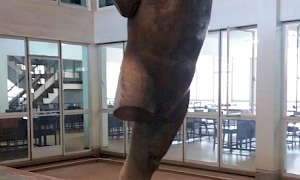
Changes and Developments in Uganda's Modern Art
African Art History and the Formation of a Modern Aesthetic -
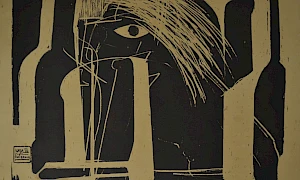
(Dis-)plays of Modern Art
African Art History and the Formation of a Modern Aesthetic